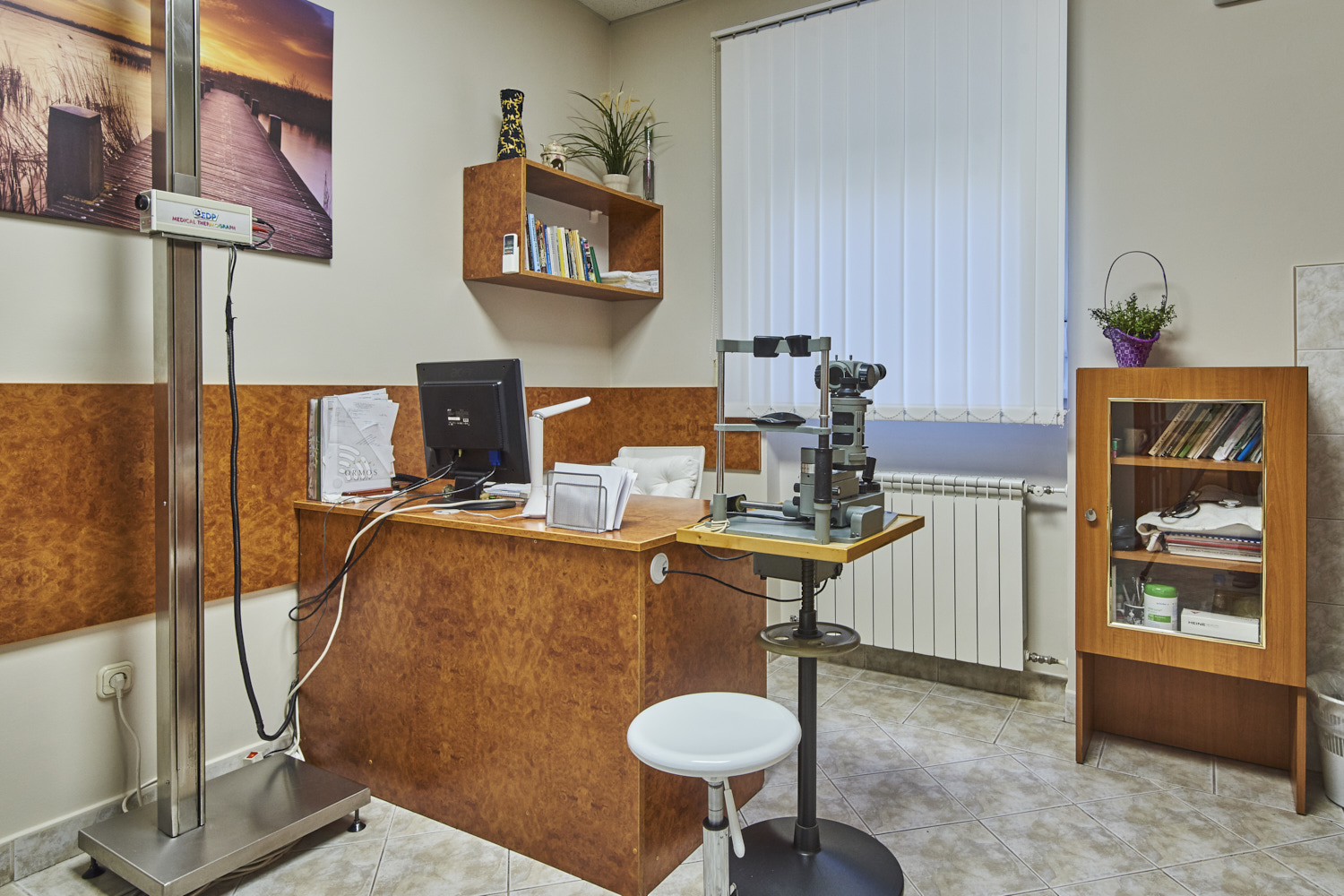
In 1880 Hungarian doctor dr. Ignác Péczely recognized that every major or repeated stimulus, blow, pressure or fracture leaves a mark on the about one square centimetre iris, and always at the same, easily definable place. On the basis of the so-called map of organs, conclusions can be drawn on the operation of the whole organism, the inherited properties and the energy levels just as on the acquired properties and diseases. The surface of the iris carries almost endless pieces of information and so it has a great significance.
To start the film on iridology, please click on the play button.
The iris is examined by an iriscope or slit lamp in other words, which is an ophthalmic instrument suitable for as much as a hundredfold magnification. The examination itself is painless and absolutely safe and can be carried out as frequently as necessary.
A great advantage of this examination is that a comprehensive picture of the organism as a whole is obtained and so the patient can be spared some detailed and diverse examination methods which are frequently painful or at least unpleasant and, on the basis of our perception, we can give advice regarding the course of further examinations. Iris examination provides reliable information approximately from the age of ten. There are only a few cases when it cannot be carried out, such as serious eye injuries or after certain eye operations. Not only the diseases but the rate of healing can be followed well and the improvement of the patient’s condition can also be judged from the eye.
The iris is examined by an iriscope or slit lamp in other words, which is an ophthalmic instrument suitable for as much as a hundredfold magnification. The examination itself is painless and absolutely safe and can be carried out as frequently as necessary.
A great advantage of this examination is that a comprehensive picture of the organism as a whole is obtained and so the patient can be spared some detailed and diverse examination methods which are frequently painful or at least unpleasant and, on the basis of our perception, we can give advice regarding the course of further examinations. Iris examination provides reliable information approximately from the age of ten. There are only a few cases when it cannot be carried out, such as serious eye injuries or after certain eye operations. Not only the diseases but the rate of healing can be followed well and the improvement of the patient’s condition can also be judged from the eye.

